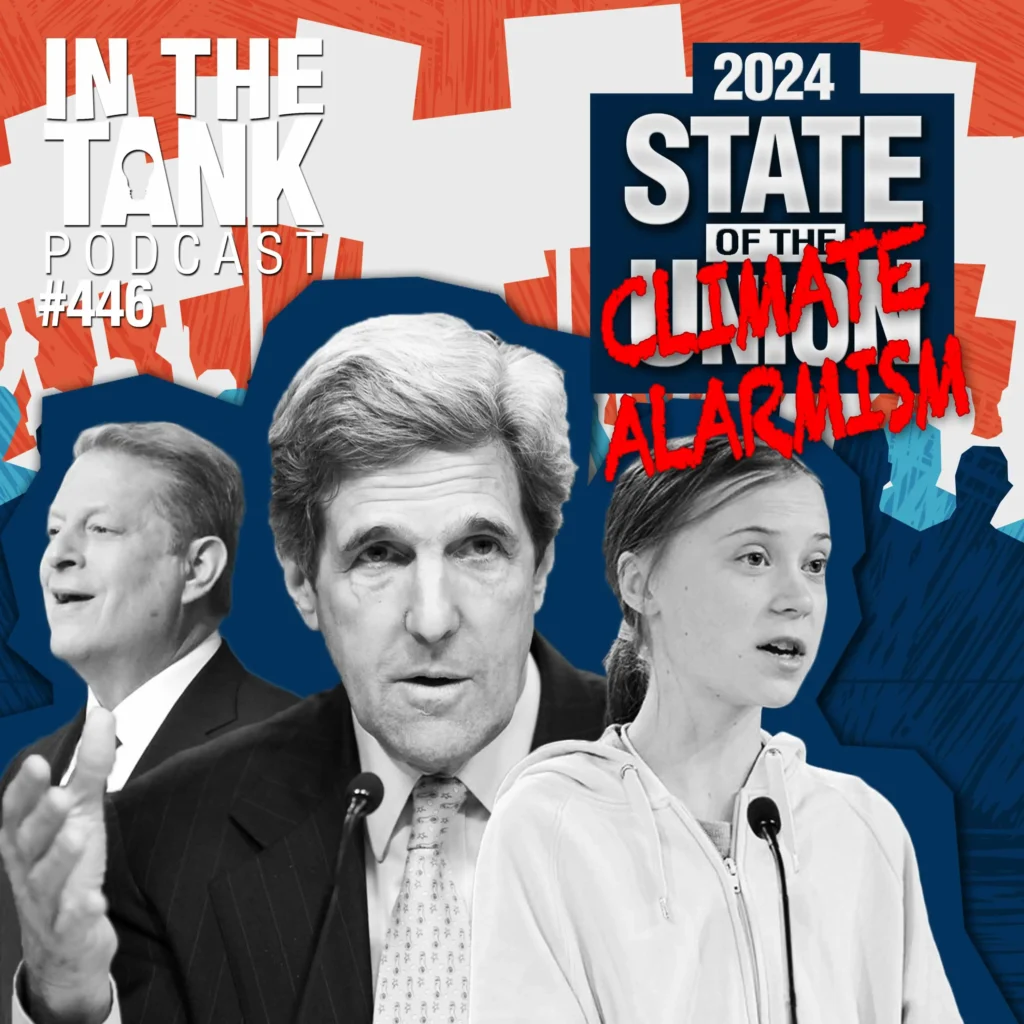Gov. Jerry Brown has told numerous fibs about the harm fossil fuels are allegedly causing the environment — both in absolute terms and when compared to green energy sources — as well as humanity’s ability to control the climate. Most recently, Brown stoked the fake news cycle flames during a 60 Minutes interview on Dec. 10 and an earlier interview with the Orange County Register, during which he suggested anthropogenic climate change is responsible for what he claims to be the increased frequency and severity of California’s wildfires. Brown said the fires are “unprecedented” and “the new normal.”
In a true sign that Brown is morally bankrupt and politically tone-deaf, he made these alarmist comments shortly before jetting off to France for a climate change meeting with French President Emmanuel Macron, leaving California’s residents to battle massive wildfires without his leadership. Just imagine the response from the press if a Republican governor had done this.
I don’t know why Brown didn’t cancel his climate junket to stand in solidarity with Californians and help manage the firefighting and recovery efforts, but I do know he was both right and wrong when he said the wildfires are “the new normal.” They are “normal,” yes, but they certainly aren’t “new.”
“Climate Change Reconsidered II: Physical Science,” a peer-reviewed survey of the literature examining extreme drought and wildfires across the globe, found no evidence Earth has experienced worsened drought conditions or wildfires in greater number or size during the past 150 years — the period when carbon-dioxide-producing humans have purportedly been causing dangerous climate change.
California has unique conditions that make it prone to wildfires. California’s climate is arid, with much of the state consisting of high-mountain regions or lowland-scrub desert. These harsh conditions are partly why California was one of the least-populated regions of the country before European colonizers spread across the continent. Research shows droughts in the region have on occasion lasted on the order of 100 years, and there is strong evidence massive wildfires periodically swept through the region prior to European colonization.
Further, state policies have exacerbated the size and costs of California’s wildfires. Federal efforts to deliver water to the state for agriculture and urban settlement — “to make the desert bloom like a rose” — were successful, helping to ensure the state is habitable for tens of millions of people. Without the water that has been diverted from Western rivers to California, much of the state would likely never have been inhabited by the large populations currently living there. More people and associated buildings means more people and property in harm’s way, and thus higher costs when wildfires occur.
Additionally, the U.S. Forest Service’s policies suppressed natural wildfires for much of the 20th century, and policies implemented later reduced logging, producing forests in which too many trees crowd the land. The unnatural tree density allowed what were formerly isolated pockets of insect infestations to morph into massive infestations, killing large swaths of forests. These factors combined to create tinderbox conditions in many California forests.
It’s also worth noting California only recently came out of a multiyear (but not historically unusual) drought. In December 2016, 82.53 percent of the state ranged from “Abnormally Dry” to “Exceptional Drought.” In September 2017, just 22 percent of the state was deemed “Abnormally Dry,” the lowest aridity rating level. The area currently experiencing horrific blazes corresponds to the region that’s still considered “Abnormally Dry.”
Scientists also cite two other natural factors as contributing to the severity of California’s ongoing fires: La Niña conditions and the Santa Ana Winds. A weak La Niña system in the Pacific Ocean has kept storms, which normally hit the state in the fall, from making landfall in Southern California. Normally, California’s wet season would have started by now, suppressing fires, but this year, the La Niña has kept the rains away until recently.
The Santa Ana winds blow from the desert to the coast, usually peaking in September or late October. John Abatzoglou, an associate professor of geography and climate at the University of Idaho, recently explained to The Atlantic the Santa Ana winds increase the availability of fuel for fires by drying out vegetation and helping fires spread once they start.
“These fires are not immediately emblematic of climate change,” Abatzoglou said in an e-mail to The Atlantic. “All December fires in the southland since 1948 have been associated with Santa Ana wind.”
Santa Ana winds are neither becoming more prevalent nor arriving later in the year, on average. “At least in Southern California right now, we are largely seeing textbook wildfires,” concludes Abatzoglou.
Despite Brown’s extreme claims, nature, not humankind, still rules the roost when it comes to California wildfires, and nothing he says can alter that truth.
[Originally Published at the Orange County Register]





